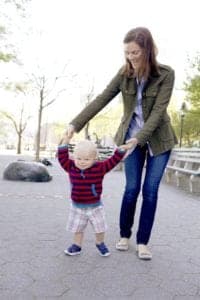PHOTOGRAPHY BASICS: DYNAMIC RANGE
August 9, 2013
 The human eye is a great thing – it can do a lot of things. A camera’s sensor is pretty swell too – but it has its limitations, such as the range of light/darkness it can capture. This is referred to as dynamic range, and understanding it can help you create better images.
The human eye is a great thing – it can do a lot of things. A camera’s sensor is pretty swell too – but it has its limitations, such as the range of light/darkness it can capture. This is referred to as dynamic range, and understanding it can help you create better images.
Low vs. High Dynamic Range
Imagine a black and white image, a grey scene with a single, light grey shell in the middle. This would be an example of low dynamic range, not much of a difference between the brightest and darkest areas of the image. Now, image a black scene with a bright white shell – much more dynamic range!
How it Works
Your eye can handle 10-14 f/stops of light, while high-end cameras only handle about 8 f/stops (sometimes up to 11 with higher-end cameras, sometimes less with compact cameras). What does this mean? It means that although there may be situations where a scene looks “fine” to your eye, your camera may not be able to capture all the details.
In essence, it means that you may have areas of the scene which are too light, or too dark, sometimes both.
How to Fix It
Remember when we talked about the histogram? It basically tells you the dynamic range of your image. When an image is too bright, you can reduce your exposure, when it’s too dark your can increase it. But when an image has too much dynamic range it has both too dark and too light areas.
Essentially, you have a choice to make here. You can darken the photo so you highlights have detail, or you can lighten the image so your shadows have detail. Not terribly exciting, but knowing how to deal with dynamic range when it spans both ends of the spectrum means you can save the details of your image.
More Exposure or Less?
So, which way do you go when you’re dealing with too much dynamic range? Do you make your image brighter or darker? This depends on what is in the bright or dark areas. Decide which area is more important to the scene and expose accordingly. Remember that you may not be able to “save” all the details of an entire image; you have to choose what area is most important.